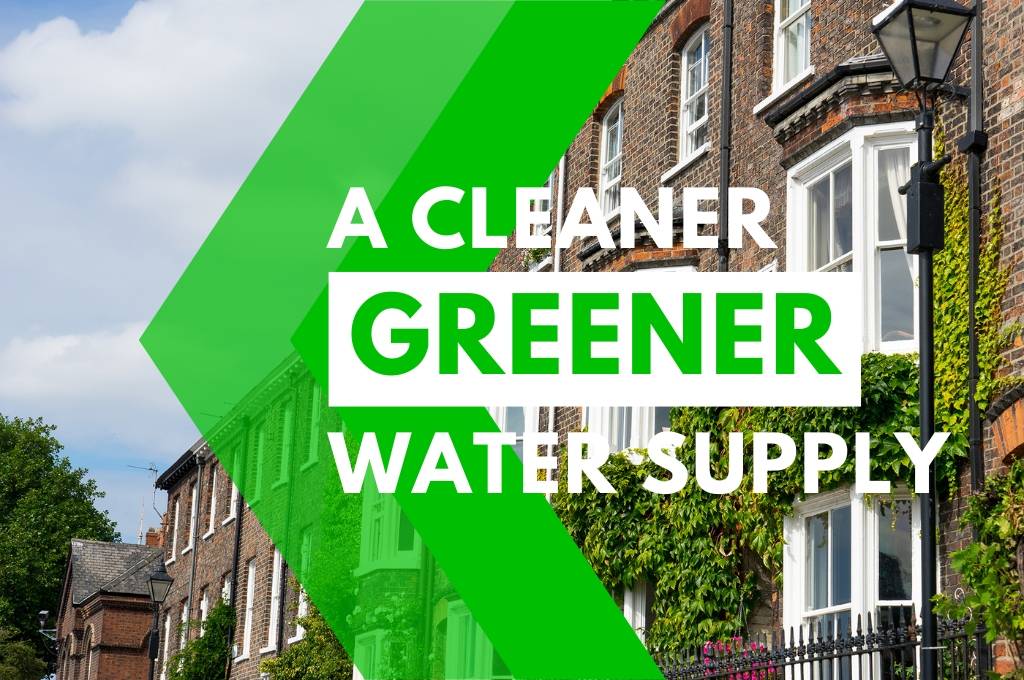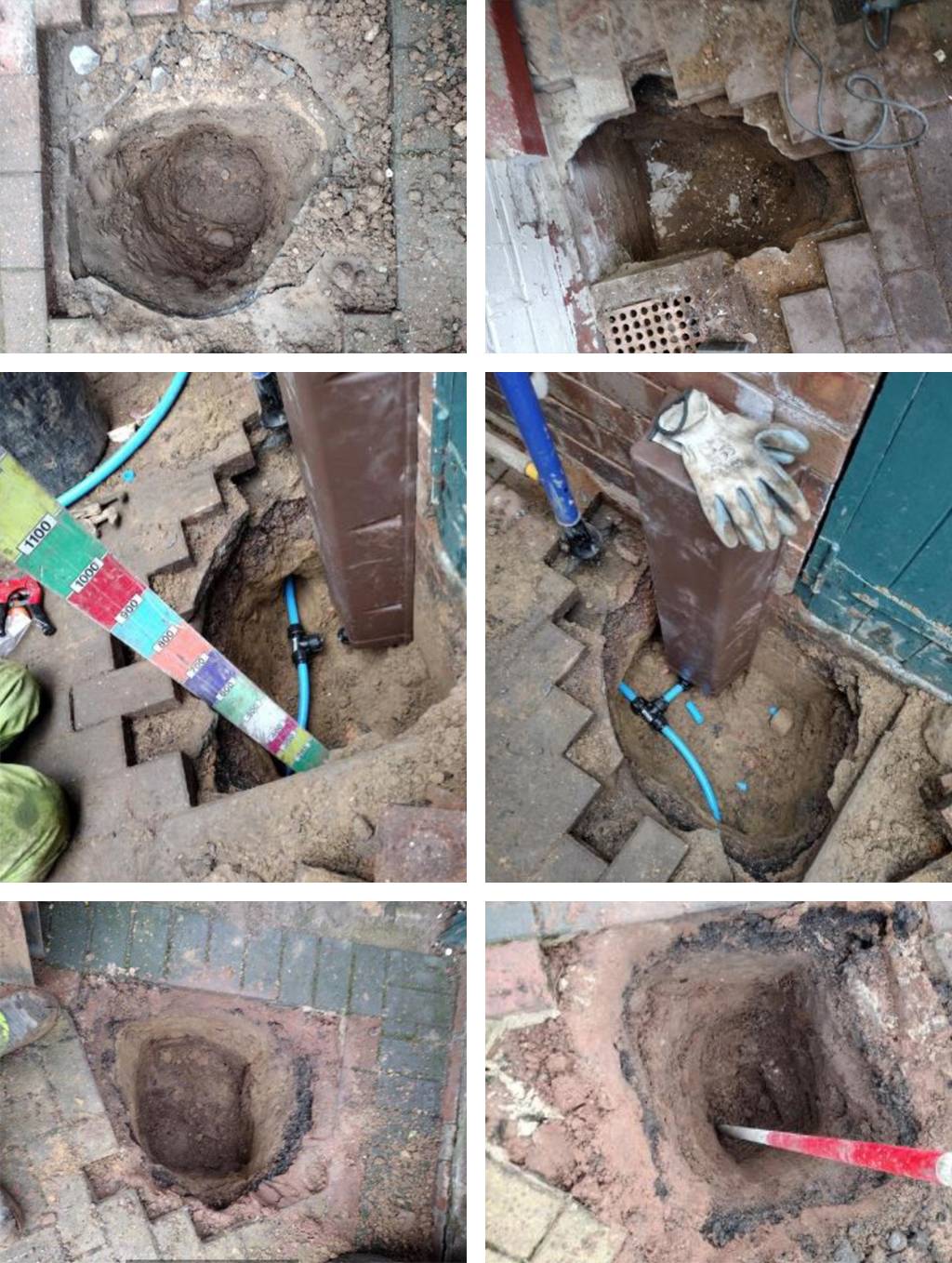Water supply is virtually lead-free, but sometimes small amounts can get into the water through the lead plumbing or a lead pipe connecting your home to the water mains outside.
Newer homes usually don’t have lead pipes. Homes built before 1970 have a higher chance of using lead piping for the water supply.
It has been found that lead can seep in and contaminate your drinking water which over a long period can be harmful.
Find out where your water supply comes into your home – it’s usually in the kitchen or downstairs toilet or cupboard. Once you have found it there is a quick way to determine if you have lead piping.

Unpainted lead pipes are dull, and if scratched with a coin, you’ll find a sliver coloured metal underneath. Other colours include copper, a brownish tint pipe or plastic – typically blue. Even if you have copper or plastic internal plumbing, the pipe bringing the water into your home could still be lead.
You can start by looking behind and below your stop tap to see if the pipe is lead. Reduce the risk of drinking lead pipe water by replacing the lead piping entirely and here is how the team at Brays Pipeline fitted new piping for a home in Coventry with a lead water supply coming into the house.
Comparison Images

Our first stage of qualifying the home as part of the Green project is to visit the home and carry out a non-intrusive survey to assess the lead pipes so we can confirm they are lead. Our team members will also ask questions about the age of your home and whether you are single or share a water supply.
If you qualify for the Green Project scheme, here is an example of what to expect from a recent lead replacement project for a homeowner in Coventry with a lead water supply coming into the home.
You don’t have to have your drive dug up to upgrade your water mains
We used the latest leak detection technologies and processes to renew your mains water supply – this makes the process efficient without digging up this lovely block paving driveway and creating unnecessary repair work, not to mention expensive.
For this Coventry-based home, we used our state-of-the-art equipment to replace the lead piping connected to their home without excavating large trenches – making the process stress free for (insert name).
Our plumbers needed to replace the water supply from the stop tap at the boundary of this property to the connection, which was inside the home under the kitchen sink.
Our team replaced the existing lead pipes with flexible plastic piping. The benefits of plastic piping include reduced risk of leakage, easier to install, corrosion resistance and a lower risk of cracking.
As you can see, we laid the water pipes upto 1350mm below ground as this depth allows the soil to act as a natural insulator and prevents freezing.

Our trenchless technology minimised the need to dig up the block-paved driveway; our team used the right tools to reinstate the flooring and neatly.
We’ll do all the hard work for you and bring your household upto date with a safe water supply.
If you decide you do not want to take the opportunity to use the free grant supplied by Severn Trent Water to replace your lead pipes, here are some tips on how to reduce the lead in your drinking water:
Don’t drink water that has been sitting in your pipes – run the tap or flush the toilet.
Always get your water from the cold tap, not the hot tap – hot water may increase the amount of lead absorbed from the lead pipes.
Water filters can reduce the amount the lead in your water.
